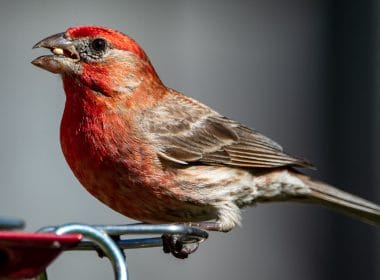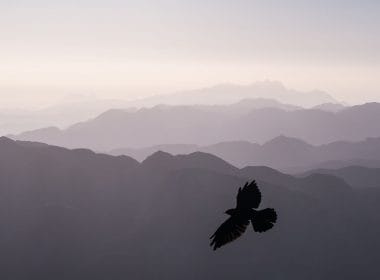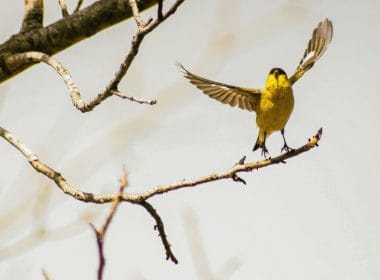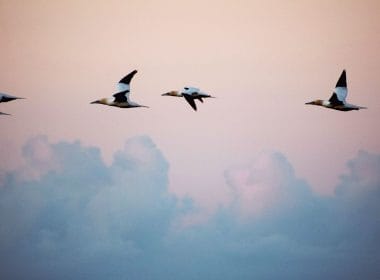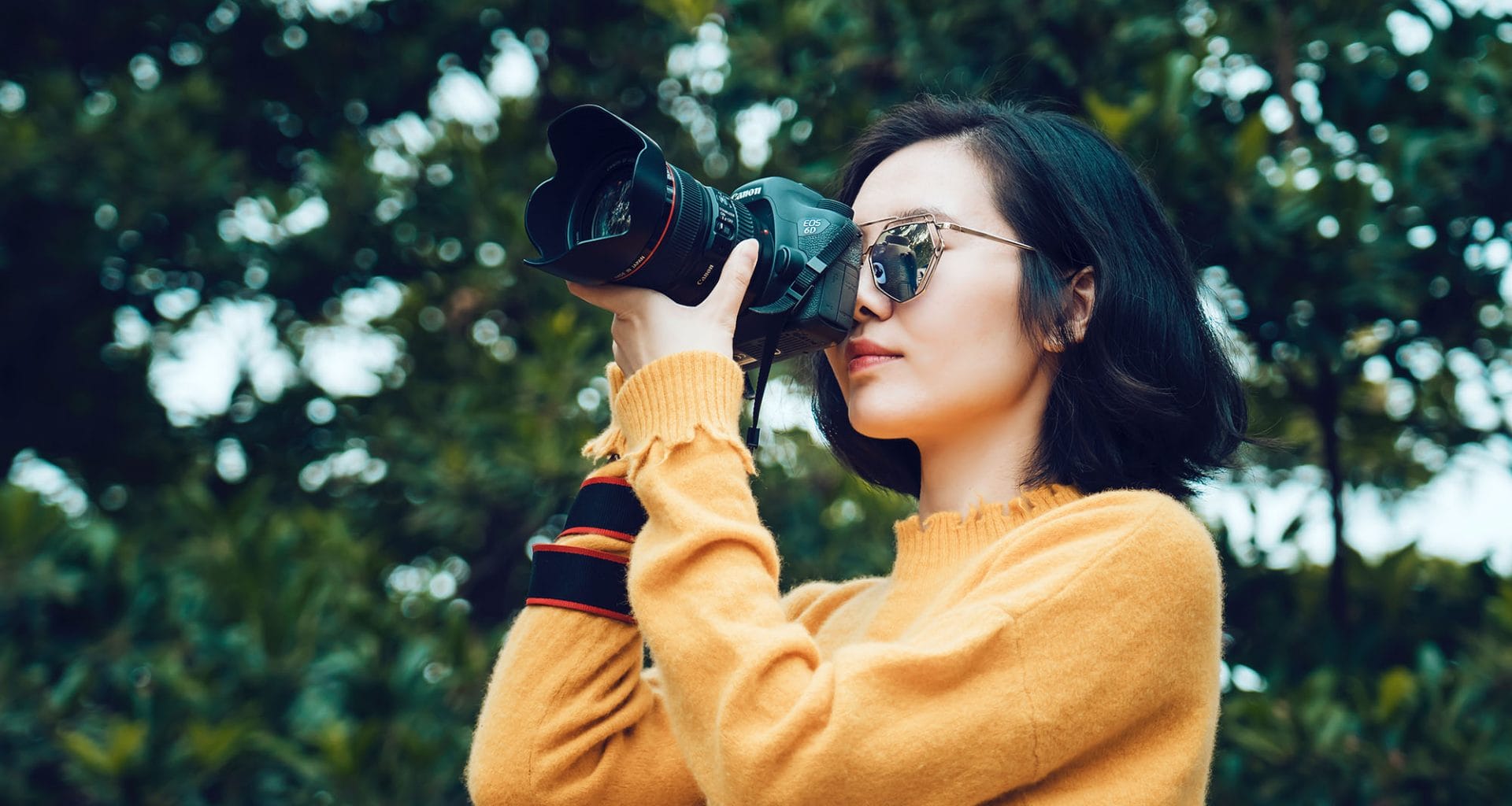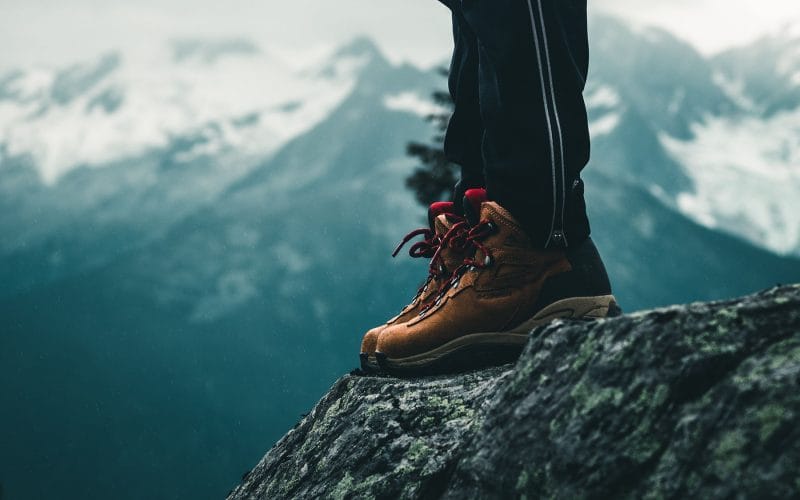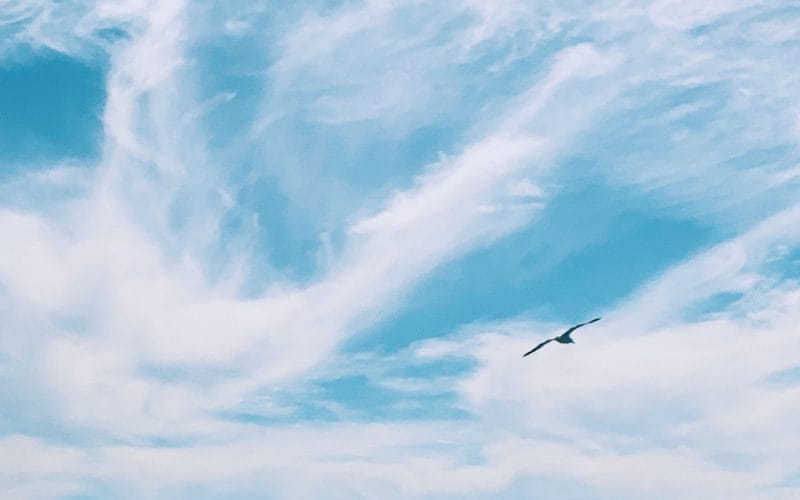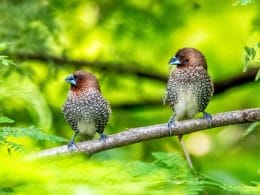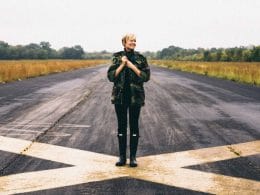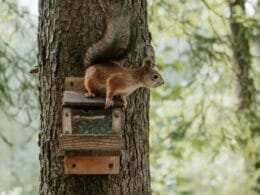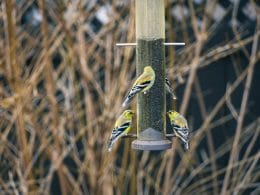Are you an aspiring wildlife photographer? Do you feel fascinated by birds and their fantastic plumage? You can learn how to attract birds for photography even if you’re still a beginner. Birds are fascinating, but they’re extremely sensitive. The wrong move, sound, or attitude can startle them and send them away before you can even get a close look. But do you know how to attract birds for photography?
You don’t have to hide for days in the middle of the wilderness to take a photograph of a bird. All you have to do is to understand these creatures and make sure that you’ve picked the right setup and tools to attract them to get close enough. In this article, we’ll teach you how to attract birds so you can take photographs like a pro.
How to Attract Birds for Photography
After picking up the right photography gear, you need to think about the location of taking the photographs and the most desirable species that you’re going to take photographs of. Understanding these species’ behavior and traits will help get close to them or attract them to a nearby spot, so you can take a clear photograph.
Taking Photographs in the Garden or Backyard
The first place you can choose for taking birds’ photographs can be your garden or backyard. There are a few things that you can do to make your backyard a desirable spot for some amazing bird species.
1. Provide Water

You can attract birds when you understand what they need. Birds need regular access to clean and fresh water in hot and cold weather so they can drink. They also need to bathe, especially in hot weather.
You can make your garden or backyard more desirable for lots of birds by setting up a raised garden pond. It’s an excellent spot for other types of wildlife that complement the suitable ecosystem that provides birds with healthy natural habitat. To keep it in good condition, you need to maintain the vegetation to be able to take clear photos.
If you have a small area in your backyard, it will be the perfect spot for setting up a birdbath. Birdbaths are flexible structures that can be moved around to be placed in the perfect light for better camera shots. They can also be placed close to a bird feeder, so your birds will become regular guests to your backyard. In winter, you need to install a heater to prevent the formation of ice.
2. Stock Up a Bird Feeder
A bird feeder is the easiest way to provide food to multiple bird species. Photographing birds on feeders is one of the best choices for first-timers. You can even reduce the bird feeder’s access points, so you can predict a bird’s flight path to take a photo while it’s flying in the air.
Author Note: The bird feeder can be placed close to the house or even on a terrace or a balcony if you don’t have enough space in your backyard. You need to fill the bird feeder with different types of seeds to attract various species.
Peanuts can be attractive to woodpeckers, while suet provides birds with nutrition and energy, especially in winter when food is scarce. Mealworms and fat balls are also appealing to birds but should be hidden, so they don’t attract other creatures like mice or squirrels.
3. Plant Food Sources
This is a long-term strategy that you can go for if you want to keep your backyard the most desirable spot for birds. Plants, bushes, and trees create the perfect spot for birds and insects that represent a food source.
Berry-bearing trees attract lots of songbirds and blackbirds. The fruits are nutritious, and birds can build their nests in the cavities and on the branches. In winter, thrushes will feed on berries when there aren’t a lot of snails and worms to provide the birds with enough nutrition.
Seed-bearing plants are attractive to finches. They also attract insects that appeal to other birds.
4. Provide Shelter
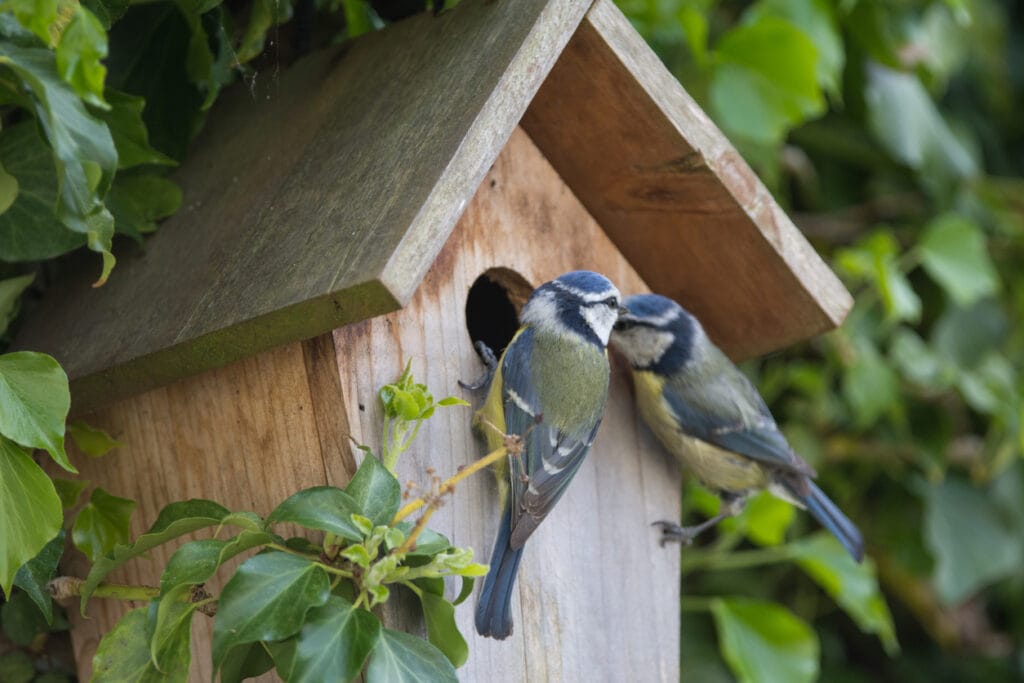
Birds need to feel safe in your garden, so they can hide and protect their eggs. Evergreen shrubs are perfect for this purpose because the dense cover will be the ideal spot to build their nests.
You can also set up a nest box to attract your most desirable species. There are different types of nest boxes that can fit songbirds and even bigger birds like owls.
If you have a dead tree in your backyard, it can be the perfect spot to attract woodpeckers. Woodpeckers like to build their nests in cavities of dead trees.
Climbing plants attract blackbirds and thrushes. You might also be able to attract a breeding pair of robins.
You should also grow plants that provide enough materials for nesting. Most birds use mosses and grass to build their nests. In some cases, birds can use other materials like sheep fleece to make their nests warmer and more comfortable.
Taking Photographs in the Wild
Things can be a little different when you’re taking bird photos in the wild. You need to choose the right setup and tools to guarantee that birds won’t be startled as you get close to their habitats.
1. Choose the Right Setup
This involves the food, water, and sound, or any other tools that you can use to attract birds to perch or fly within a close range, so you can get detailed photos. After picking the location, you need to study the area to find the right spot where the birds are likely to gather.
Birds will be close to water bodies and food sources. You can use some branches to create a background image that allows birds to appear more natural. Woodpeckers will look better on a thicker stem, while songbirds appear more natural on delicate perches.
Author Note: Place the branches close to a food source, and the birds will use them to get close to the food. This is when you’ll be able to take a clear shot of your favorite bird.
Audio can also be used to attract birds to your spot. You can play tracks of bird songs to help birds understand that there are other birds nearby. This will make them feel safe enough to get close.
2. Become Trustworthy
When you feed birds regularly, they get to know you, and they understand that you’re a trustworthy creature. It takes some time before local birds can get used to your presence, but with patience and dedication, they will.
You can carry different types of food to scatter where the birds are likely to gather. You can even create an inviting spot for the birds by collecting twigs and sticks and scattering food so they can get close. Don’t confuse the birds by setting up too many alluring spots and limit their options, so they can gather where you can take the best photos.
If you’re attracting a woodpecker, you can get a thick branch, drill holes, and fill them with suet and seeds. Woodpeckers will spend a long time feeding on the branch, so you can take clear and amazing photos.
3. Stay Hidden
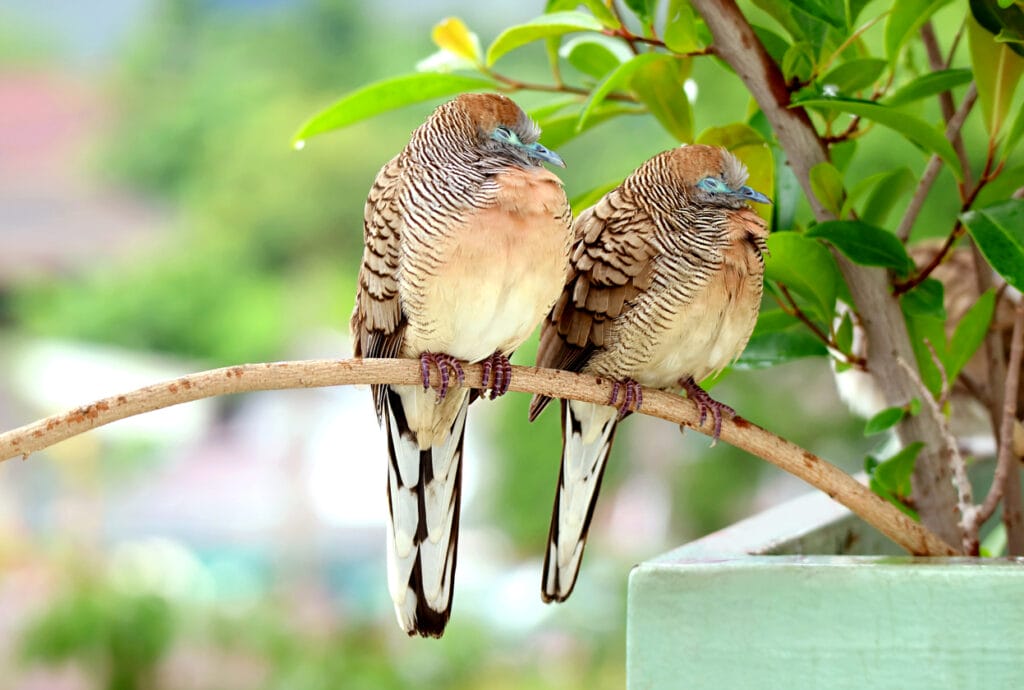
Birds are sensitive creatures, and you need to be careful so you don’t startle them as you get close enough to take a photograph. Before going on a bird watching trip, you need to pick the right outfit and footwear to help stay camouflaged while you’re getting close to the birds’ habitat.
It’s best to target birds early in the morning, especially in the few hours after the sunrise. In winter, birds will feed more steadily, so you can take better photos.
Avoid jackets and shoes that squeak or cause noise, as they can startle the birds. You should also quiet and move carefully because birds are going to fly if you act violently.
Author Note: Keep your voice low and avoid getting too aggressive while moving around the birds. Birds might notice you, but they won’t fly away if you’re not acting in an aggressive way. You should also stay out of the way of their nests, so they know that you won’t harm them.
4. Choose the Right Equipment
As you get more professional, you need to start investing in the right photography gear. You might start taking bird photos using your mobile phone camera, but a DSLR camera will work better for professional photos. The focal length should be about 300mm or 400mm to reduce noise, enhance colors, and grasp these amazing creatures’ details.
A tripod will help you aim the camera towards the position of the birds. It will keep your camera steady, especially if you’re trying to catch a photo of the birds while they’re flying.
External flash will help you get better photos, especially in low-light conditions. It also increases shutter speed and eliminates the shadows to make your images clearer. Set the focus point to the bird’s head or eye as this will make the image look so much better.
Wrap Up
Nothing beats the beauty of a photo that you’ve taken by yourself, and if you’re fond of birds, you can easily learn how to attract them for photography. Understand the species in your area and decide on the ones that you’re trying to attract.
Birds will trust you and come close to your backyard or the spot you’ve picked in the wilderness if there’s food, water, and shelter. Stay focused and avoid sudden movements and sounds, so you can watch these wonderful creatures and take amazing photos that show their beauty.
Fly high friends!
FAQ
There are portable hides you can take with you although they might be a bit cumbersome. An alternative is a full cover camo suit. They are made of mesh with camouflaged leaves and debris sewn in or printed on. I have seen them and they don’t look very comfortable. I find that moving slowly and quietly towards birds works as well as anything else.
Once I have an idea where birds might be in a new area, I will try to get there before dawn. Using your vehicle, if you can, as a mobile hide works great. By getting there early and sitting in a vehicle or just by a river or in a park, the birds will take less notice of you.
For sure. Kingfishers are a great example of this. They might fly away from a fishing spot when they see you but if you just sit and wait, they will come back. It seems that they can tell if you do not mean them any harm.
